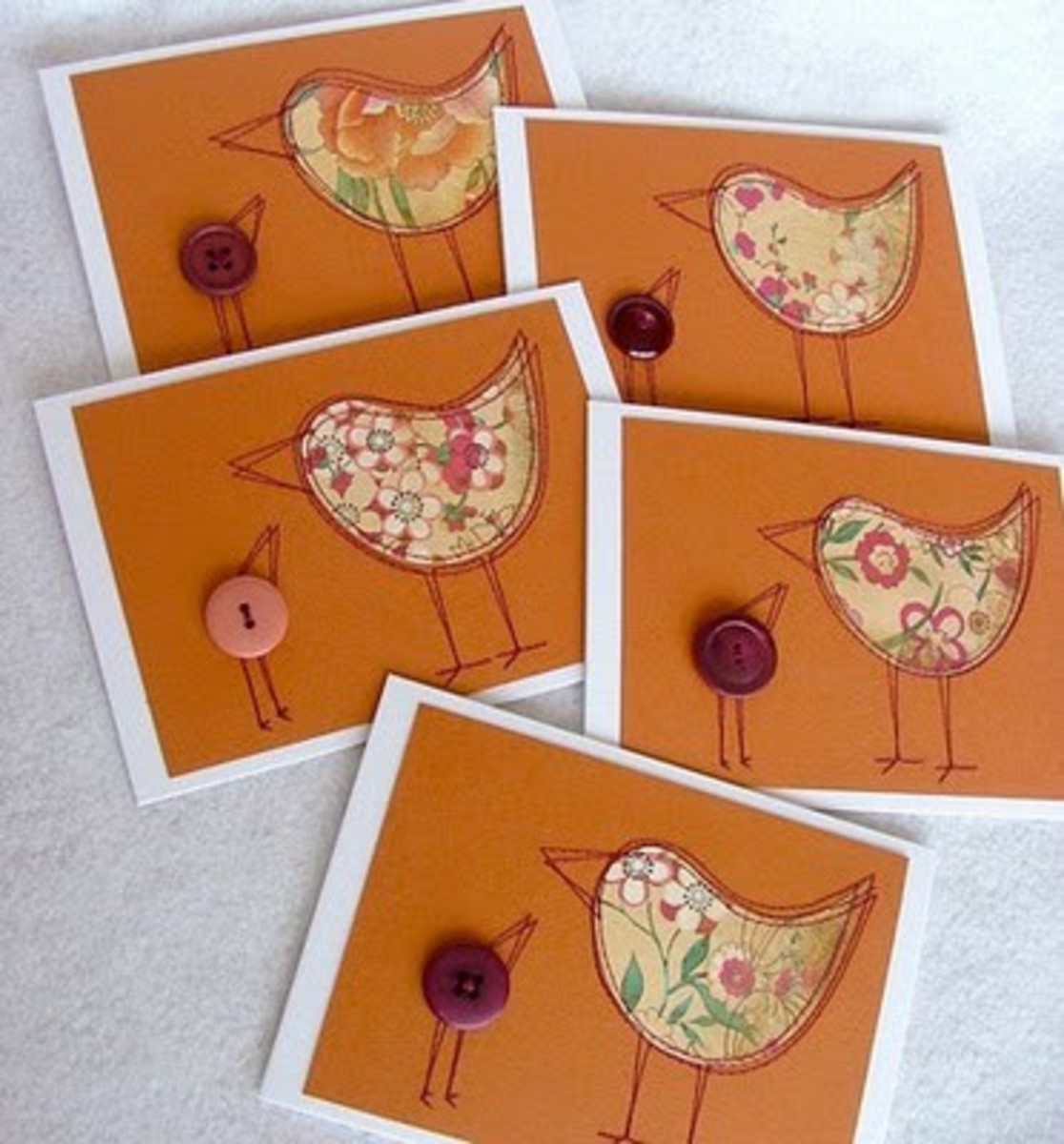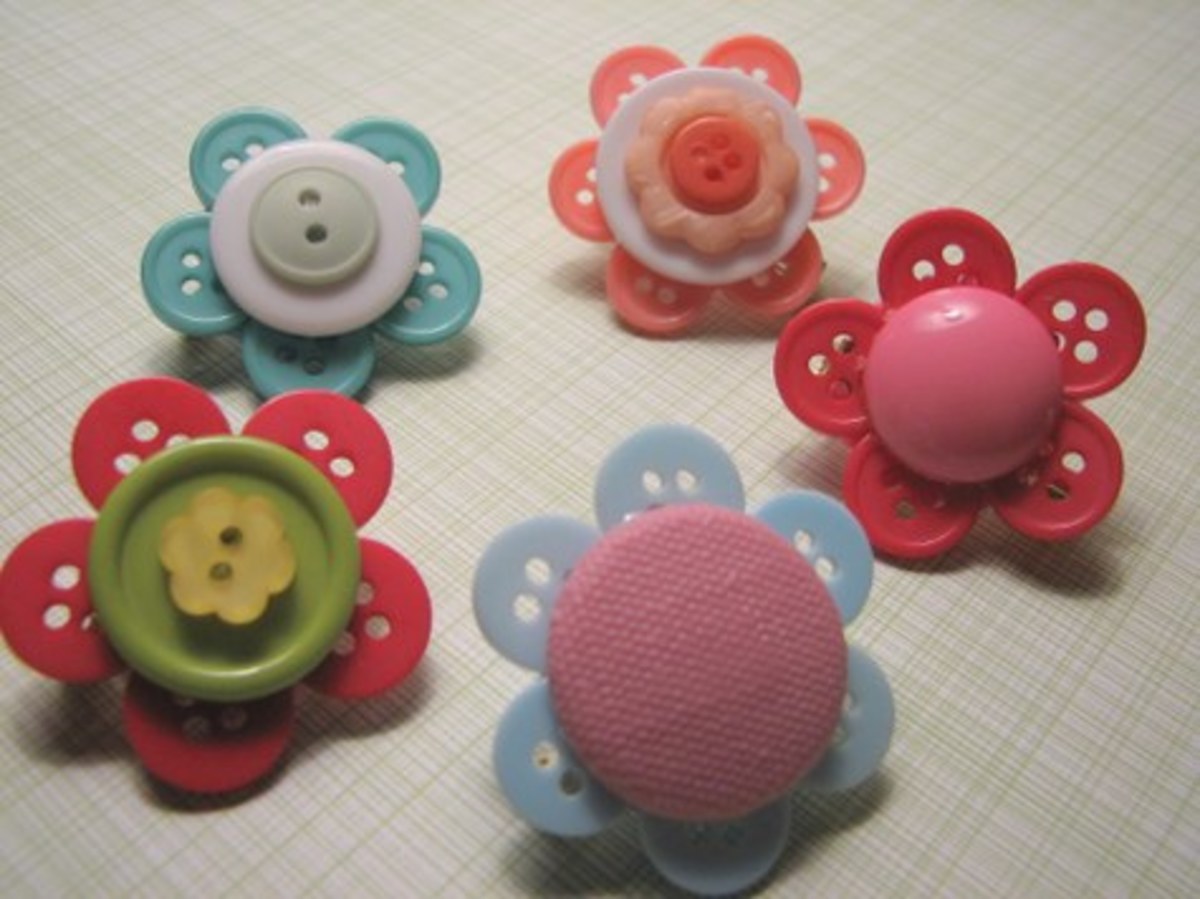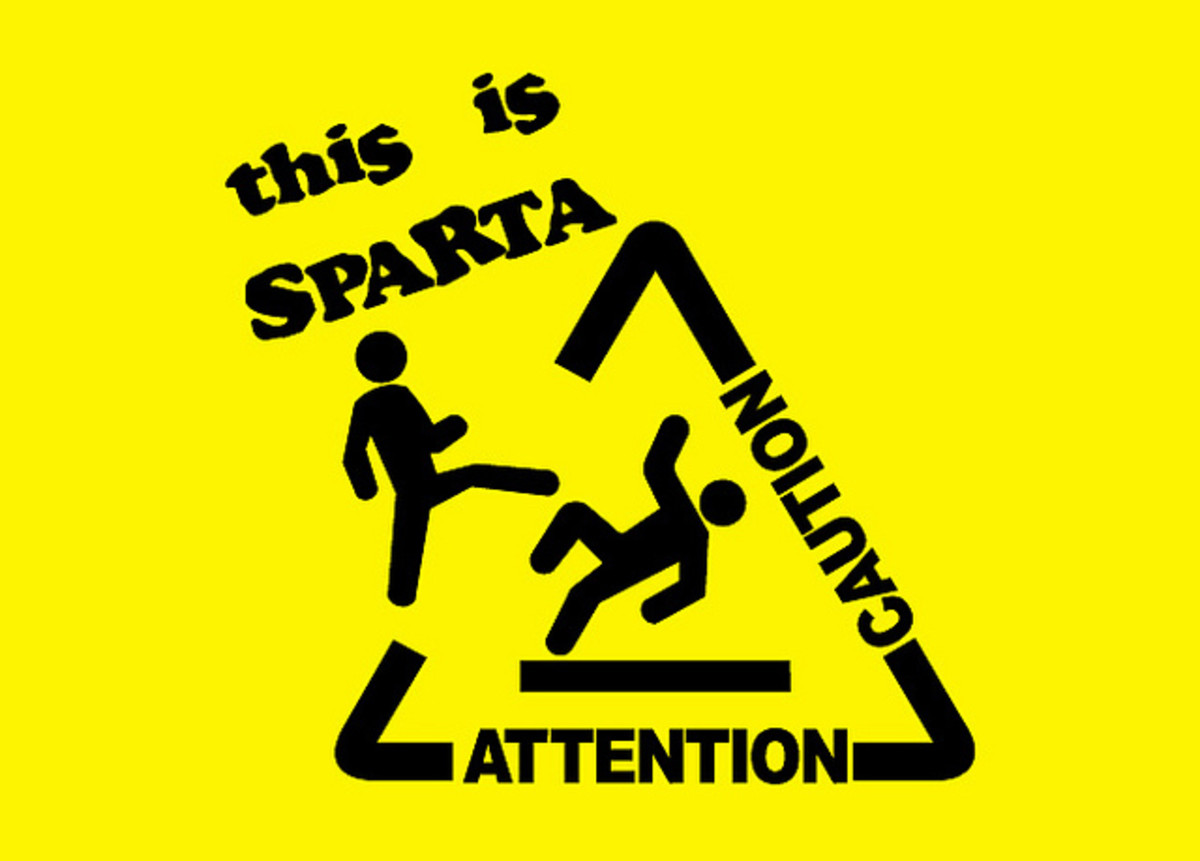Buttons Past to Present


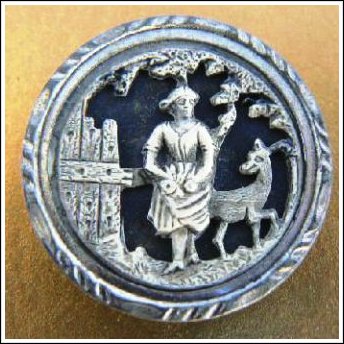
One can button something down, button their lip, have a button nose, push the panic button or be cute as a button. The word is very versatile. But, no matter which way someone chooses to use it, they all refer to the same thing, the lowly, simple button. Today, they are so common most take them for granted.
However, that wasn’t always the case. This simple device dates back over 3,000 years. However, strangely enough at that time no one used them to fasten anything. They were used as simple decorations. Perhaps because no one had invented buttonholes yet.
Those came along during the 13th century in Europe. Apparently they got tired of getting stuck with pins holding up their trousers and got the idea from returning crusaders. At any rate, the button was about to revolutionize the clothing industry.
By 1250 the French had organized a Guild which created fine beautiful buttons resembling works of art and jewelry rather than clothing fasteners. The lowly button rose meteorically to a status symbol for the aristocracy and upper crust of society.

Button Art

1650-1675 Spanish Button
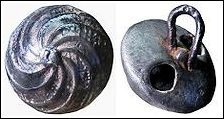
But even in those days there were fashion police. The aristocracy passed laws limiting peasants to the use of thread or cloth-covered buttons. Meanwhile, they lavishly adorned themselves with fancy buttons. Some outfits had thousands.
By the middle of the 1300s France was the button capital of Europe and the Guild was producing buttons for anything that could use one.
However, not everyone could afford such extravagance, so button makers also used silver, ceramics and silk. Even artists got in on the act painting exquisite portraits or scenery on them. But eventually, the fad began to die down. They were still fashionable, just not as many were being used. However, they made a big comeback when King Louis XIV had his entire army wear silver-colored bone buttons on their tunics.
In fact, during the 17th century a war was fought over them referred to as the War of the Buttons.The French started it by making cheap thread buttons,which worked so well they threatened to put other button makers out of business. To save their livelihoods they lobbied the government and a law was passed prohibiting the manufacture or use of thread buttons.

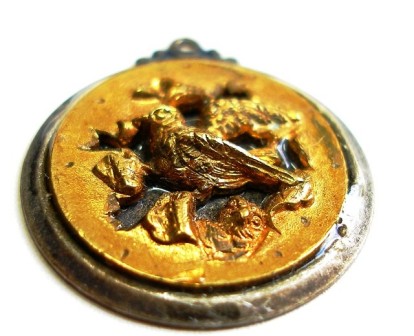
Mass production of buttons began early the 19th century, minus the previous restrictions. Buttons, made from thread, competed with bone and metal buttons. A button box became a common household item which contained buttons from discarded clothes.
Button history would not be complete without pointing out the white pearl button. A shipment from Japan flooded the market with them in the 1860s resulting in the eventual formation of the Pearly Kings and Queens of London in 1875. It all began with a young orphan named Henry Croft born in 1862. He became a Municipal Road Sweeper and rodent catcher at the age of 13 in the local market.
Henry soon made many friends, particularly among the Coster Mongers, known as tough, shrewd market traders. They Coster Mongers wore flashy outfits to differentiate themselves from other traders. Their trousers and waistcoats were decorated with a row of white pearl buttons down the seams...no doubt a result of the Japanese pearl button shipment.
The Costers looked after one another. Henry decided to take it one step further by helping other needy organizations as well. One day he appeared at a local carnival in a suit covered in tiny pearl buttons. Henry became an instant attraction with many hospitals and charitable organizations. That was the beginning of what eventually became the Pearly monarchy. Today, they are generally seen at charitable events.
By the turn of the 20th Century, picture and novelty buttons became popular and molding processes produced them in all shapes and sizes. And they could now have scenes automatically printed onto them. Perhaps it was this that prompted button collecting as a hobby.
Despite the introduction of zippers and Velcro, buttons continue to hold their own in the market. Nowadays, the most common materials used in button making are hard plastic, seashell and wood.

